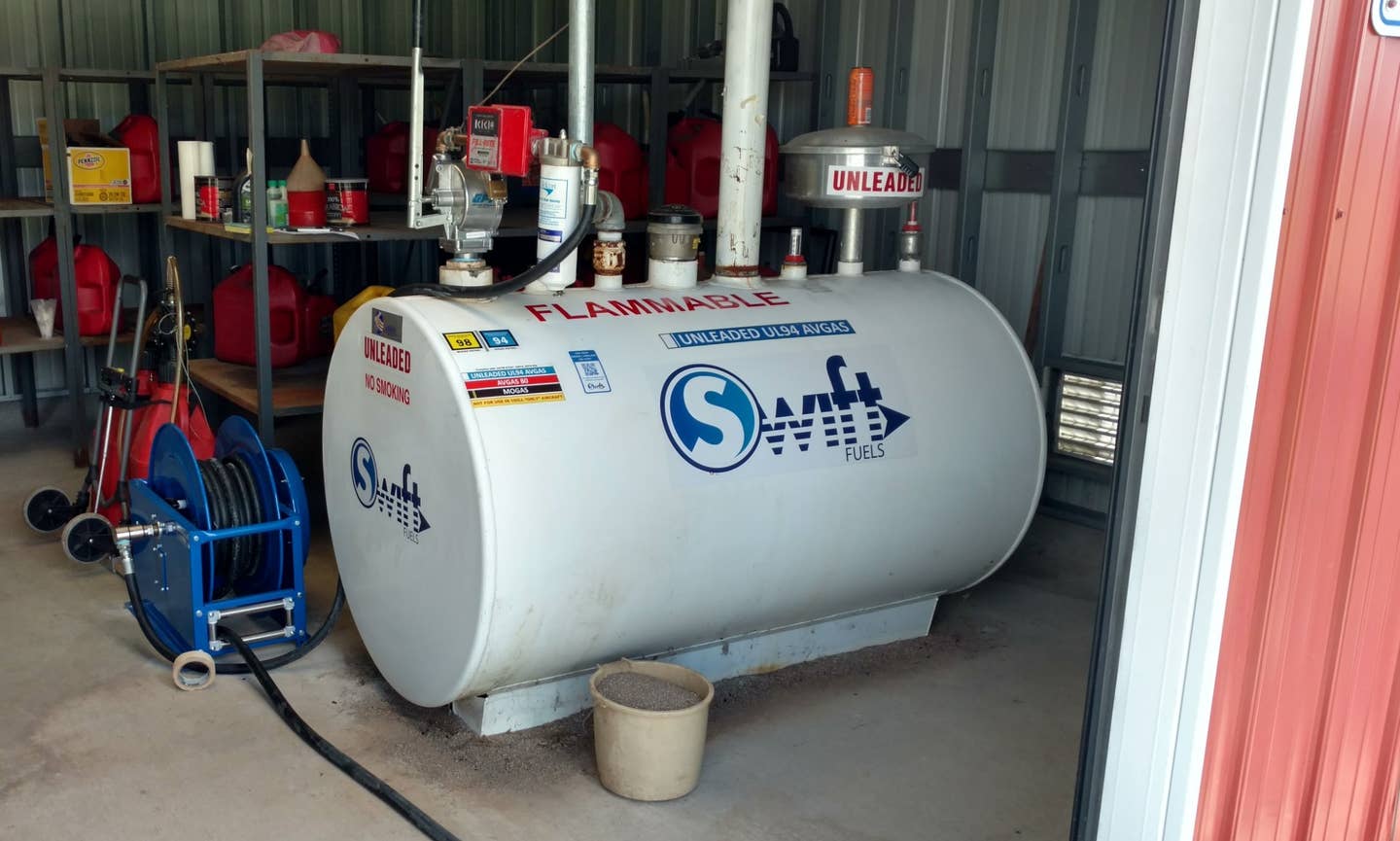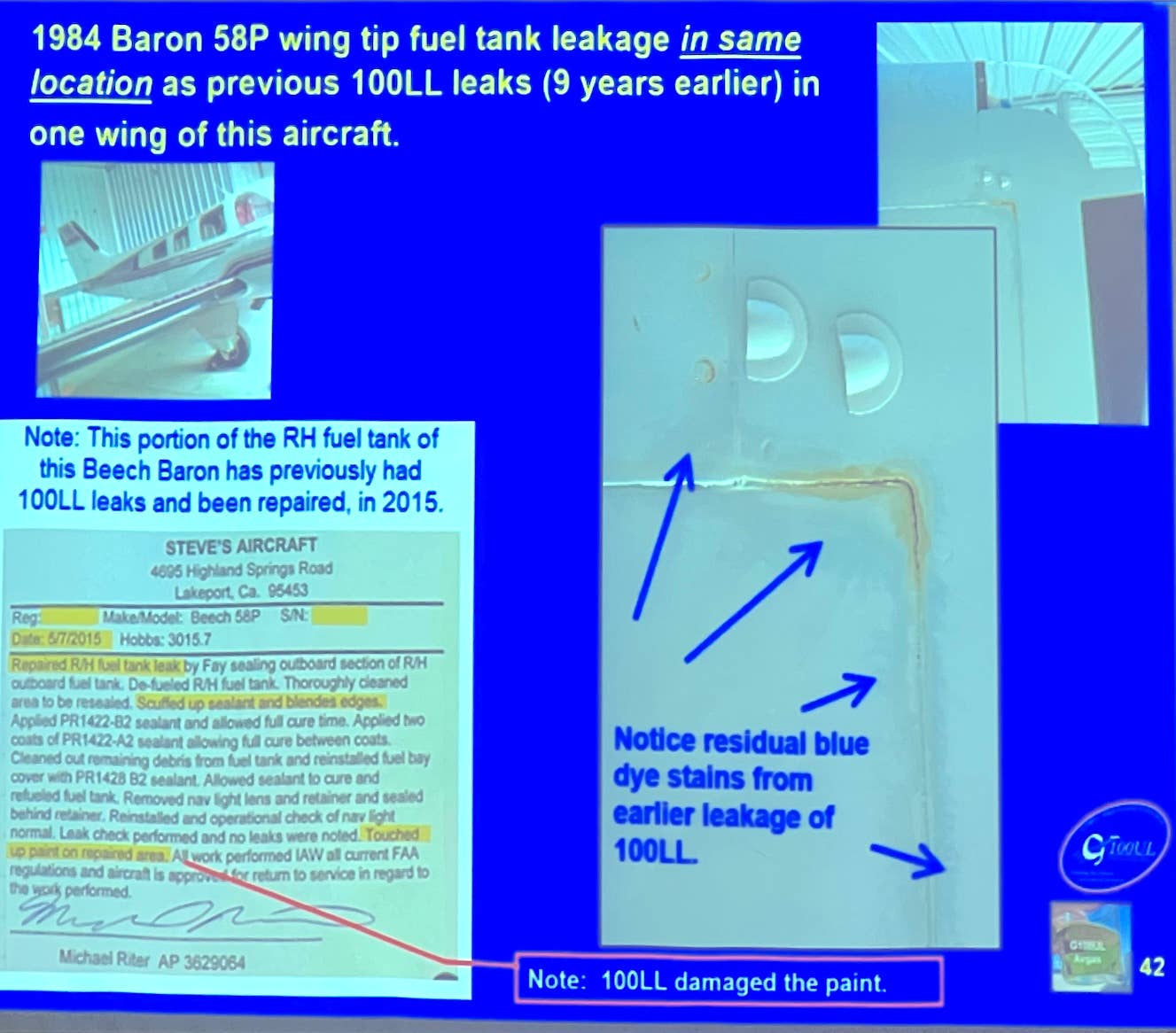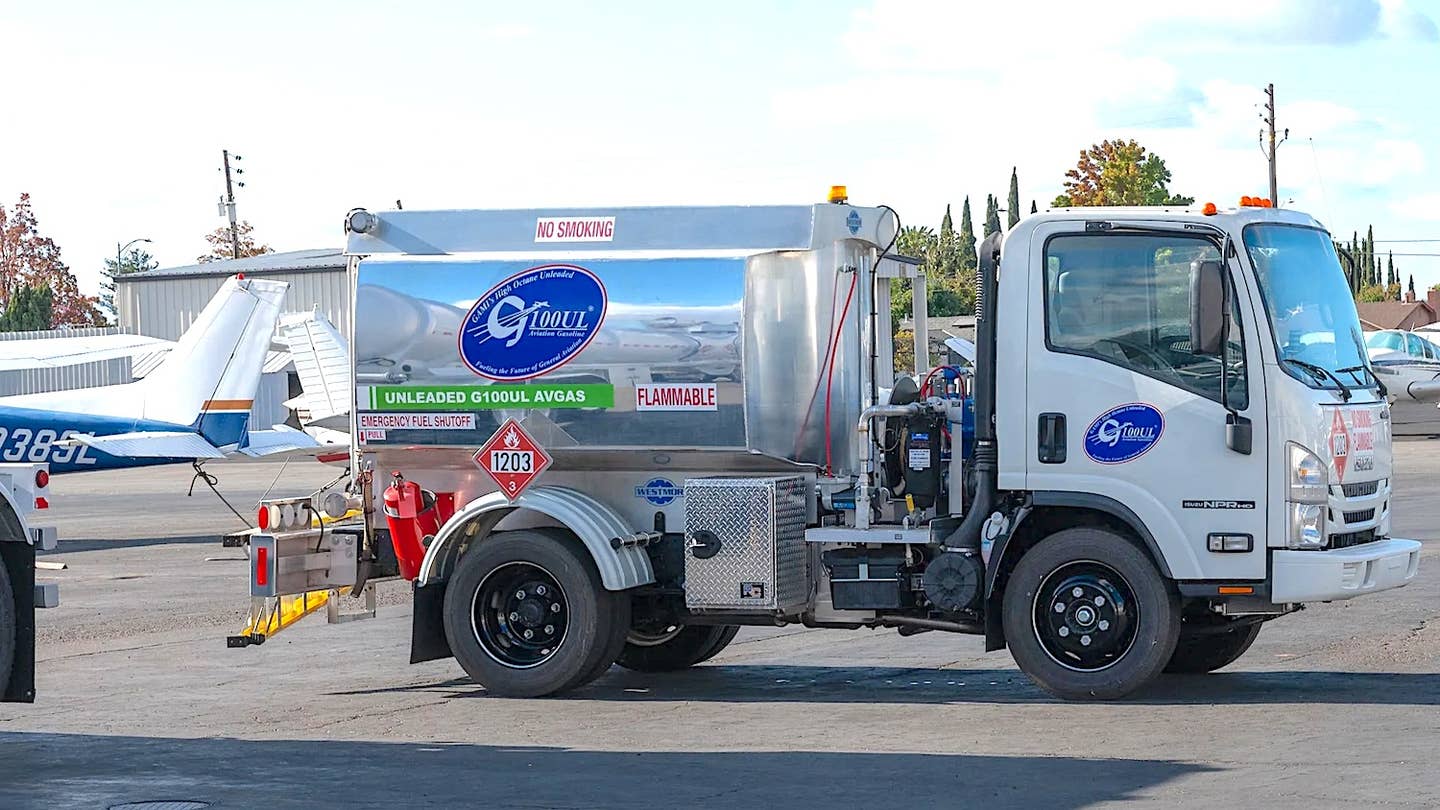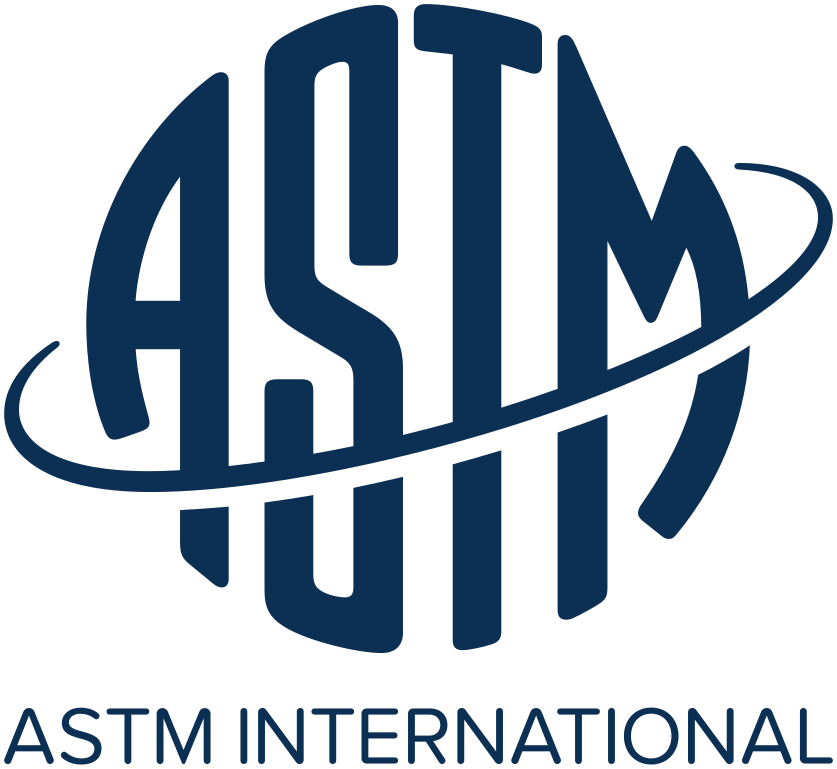A Tale of Whoa
With the right tools and the right techniques, you can replace your brakes quickly and easily.
64
This article will cover brake linings, disc replacement, inspection guidelines and operational tips and techniques for Cleveland/McCauley-type brake systems, the most prevalent in piston, single-engine, GA aircraft. There are also Goodyear-type brakes, which will be covered at another time. It should be noted that repairs to brake systems are not considered "Preventative Maintenance" by FAR 43 App. A and must be performed by an A&P technician.For technical information on Cleveland brakes visit their Web site. You can get a free, detailed, Cleveland Technician's Guide, as well as maintenance manuals for a fee. Service and product bulletins are free as downloads.For one-stop shopping, Aircraft Spruce & Specialty carries both Cleveland and Rapco brake linings, as well as the inexpensive riveting tools you will need.
How it Works
300
Typical GA brake systems are very simple. They include a hydraulic supply for each brake master cylinder, although some systems have a remote reservoir that supplies more than one master cylinder. The fluid supply is ported to an inlet fitting at the brake master cylinder.When mechanical force is applied (usually to the rudder pedal via linkage at the upper portion of the rudder pedals), the force is transmitted to the calipers by hydraulic pressure from the master cylinders -- one master cylinder for each main wheel provides the clamping force.The clamping force on the brake disk is very similar to auto disk brakes in general concept. Friction of the brake linings pressed against the brake disc/rotor produces heat energy that is dissipated into the brake disc, wheel and tire.Only with the use of proper parts and correct torque values, along with correct tires/size/plys and pressures, can you expect proper performance. Additionally, any time brake linings are inspected it only makes sense to give the rest of the system the once-over. The information below gives you an idea of what's involved.
Health WarningWhile most brake lining material is not and has not been asbestos for many years, some old stocks of asbestos brake linings are still in use. Do not to inhale or in any way ingest dust or debris from landing gear areas, brakes, wheels and tires.
Wear Factors
300
Typical Cessna and Beech brake systems include an individual master cylinder directly below each rudder pedal. Generally, these master cylinders contain the system fluid for the particular brake and are serviced with a squirt can through a small servicing hole in the top of the cylinder. It's extremely important to prevent dirt, debris or moisture from entering the fluid supply, and use only clean, fresh fluid for servicing.The master cylinders located behind the brake pedals use multiple, elastic, o-ring packings to contain fluid under pressure. These o-rings are occasionally damaged by dirt entering the system from pilot's shoes directly above or from contaminated fluid introduced during servicing. Use a clean cloth to "lift" any contaminants off the top of these cylinders and always clean before servicing.The upper portion of the aluminum rudder pedals wears over time. Over years of use, lost motion between the top of the rudder pedal and the actual linkage applying force to the master cylinder can develop. Excessive lost motion must be repaired by replacement, although some pedals can be repaired. Check your maintenance manual for repairs and wear limits.Components downstream of the master cylinders consist of fittings, flexible pressure lines or hoses connected to a metallic fluid line, a parking brake valve that traps pressure between this valve and the brake cylinder, mechanical linkage to the parking brake valve, and a flexible hose near the caliper. These components must be checked often for chaffing, proper support clamps, deterioration of flexible (rubber) hoses and that all the fluid couplings (B-nuts) are snug.
300
Flexible hoses that are part of the brake system are difficult to properly inspect and not always easily replaced. It's not uncommon to find hoses that have never been replaced and in dangerous condition.Check the manufacture date on the hose identification tag. Hoses over five years old should be replaced, though not mandatory for Part 91 operations. Certainly, hoses over 10 years old could fail at any time, but unfortunately are still in common use.Internal failures of hoses can happen as a result of age or vibration. Rubber material inside can flake off causing internal blockages and system components to fail. Any evidence of fluid leakage on the pressure side of the master cylinder must be repaired before flight. No leakage can be tolerated since the total system volume in light aircraft is typically quite small.To check for leakage, a helper must apply continuous pressure to the brake system while another person checks for leaks. Without pressure on the system a leak may not be evident.Occasionally metal fluid lines or hoses chafe through but only leak slightly when pressure is applied. A slight leak such as this can allow air to enter the system when the brake pedal is relaxed and spongy or no brakes may result.When investigating spongy or "soft" brakes, always check for leaks and seeps with a helper pressurizing the system and make certain that the aircraft is chocked. Troubleshoot and resolve any spongy or soft brake problem before just bleeding the system, as there is a reason for the soft brake condition.Brakes can also leak internally where the pedal will fade as you hold the brakes as fluid slips past internal O-rings. A rebuild of the offending brake cylinders is the only cure for this condition.
Brake Linings
300
The brake linings, disc/rotor and calipers should be visually checked for fluid leakage, damage, corrosion, cracks and worn parts on a regular basis. Removal of the wheel fairings is necessary to get a good check of these components. With access to the caliper, pry the metal back plate slightly away from the brake disc retracting the piston into the caliper to see if the pressure plate is free to "float" in its mount.Check the thickness of the linings: 0.100 inch is the generally accepted minimum. Rapco linings have a wear indicator. Visually check the surface of the disc for deep rust pits, cracks, unusual wear patterns and possible evidence of a warped brake disc as shown by coning or asymmetrical wear.Any deficiencies noted will require some disassembly for further investigation and measurements. Clean excessive amounts of dirt, debris, grease, etc., from the brake areas. While automotive brake cleaner could be used to clean brake lining debris, the long-term effect on aluminum wheels and other brake components is not known and could introduce corrosion or damage o-ring seals.Never use oil, grease or petroleum cleaning compounds around brake system components unless specifically called for in maintenance publications. Brake linings contaminated with petroleum fluid such as grease, hydraulic fluid or oil must be replaced.Aircraft with wheel fairings often have the brake condition ignored. Jack the aircraft to raise the wheel/tire off the ground and remove wheel fairings to allow for a more thorough inspection.Emphasis should be placed on cracked wheels, loose brake discs, evidence of loose or broken wheel tie bolts, missing wheel-bearing dust caps or seals, dirt, moisture or other foreign material in wheel bearing cavities.Tires should be checked for inflation, cracks, and deep cuts in the sidewall and tread areas. Flat spots in the tread area may require tire replacement and can be an indication of dragging brakes, warped discs or landing with the brakes applied.
Brake Lining Replacement
300
This description covers the most basic, single-disc, single-caliper brake assembly found on most single-engine light aircraft. Always refer to the proper maintenance and parts manuals before and during the job and don't attempt a task that you are unfamiliar with or not comfortable doing.As a general rule of thumb, when brake linings are worn to the thickness approximately the size of a matchstick they are due for replacement. In no case should the lining be worn so a head of the attaching rivet is flush with the lining.A few specialty tools are needed, but are inexpensive. The screw-type tool for installing rivets/linings is the tool recommended, since an even, progressive pressure can be applied to the rivet. Hammering a rivet (the most common method using a low-cost tool) can cause the lining to crack with excessive pressure. That said, with a little practice and patience it is very doable.Jacking an aircraft is best done inside a hanger and with proper precautions. For simplicity, use a jack and jack pad for one wheel, as it makes it easy to check for dragging brakes and ease of inspection/maintenance. Always use chocks for each wheel (nose and mains) placed front and back of tire before working on the brakes.When jacking, be sure to loosen the tie down ropes unless you want a bent-wing bird. If wheel fairings are installed, they must be removed.To remove the brake linings from the caliper, it's not necessary in most cases to remove the wheel. However, it is a good idea to jack each wheel up so that the tire/wheel can be turned independently to check for dragging brakes after re-assembly.Check your manual for the proper way to lift a wheel. While most brake attach bolts use safety wire, some may not be. Any removed must be replaced after maintenance.The caliper halves should slide out or fall off, exposing the linings and backing plate. Slide the caliper away enough to remove the backing plate but do not remove the hydraulic line. Support the caliper (such as with a simple coat hanger) so that it is not hanging on the hydraulic line.Next, clean up the caliper and check for leaks, damage, cracks etc. Correct any problems before replacing brake linings. Clean up the backing plate and make note of how the linings were attached, which way they face, and the position of the linings on the back plate.
300
Removing the lining attach rivets can be done several ways but generally the soft rivets used to attach the brake linings can be easily punched out. Drilling with a 1/8-inch drill is an option but avoid elongating the backing plate holes.After the rivets are removed, clean up the back plate again and de-burr the rivet holes so that the back plate is completely flat. Inorganic (metallic) linings using a stud should be checked for wear according to specifications: As aircraft age, these studs need to be replaced to allow the brake linings to work properly.Check that the rivet holes in the back plate are not elongated or enlarged per the specifications in the maintenance manual. If the rivet holes are enlarged or elongated the new linings can be damaged or cracked during installation or use.Pick up the new brake linings and rivets and install the linings one at a time in the proper position on the back plate. You may place the back plate with rivet and lining onto the rivet set or tool and squeeze the (hollow) rivet down, swelling the tail of the rivet sufficiently to keep tension on the brake lining.The rivet should hold the lining tightly in place so it can't shift on the back plate. Caution: Squeeze or "swell" the rivet a little at a time without smashing the rivet tail. Excessive force can crack or break the new lining, especially if the hole is elongated or the rivet head is not positioned squarely. The head of the rivet should be deep in the rivet cavity facing the disc. Note that back plates sometimes require replacement if worn. Before installing the back plate back on the caliper, push the brake piston back into the caliper enough to compensate for the new (larger) thickness of the brake lining. Important: Make sure that the piston and caliper are clean of debris, then slowly push the piston back into the caliper using hand force or a C-clamp with pieces of wood between the piston, caliper and jaws of the C-clamp.Then slide the back plate in place on the caliper, and position it onto the axle mount point. Attach the two halves together making certain that they are positioned correctly before tightening the attaching studs. If the caliper is installed correctly and the piston is sufficiently retracted, the caliper should have a slight "float" -- not be bound up -- and the wheel should rotate freely.Apply the brake to extend the piston up against the back plate/brake disc and then relax the brake pedal (this may require more than one application of the pedal). Check the wheel again (with the aircraft on the jack) for freedom of movement. A slight drag is OK.If there is binding of the wheel/disc or the wheel won't turn (assuming the correct parts were properly installed), then most likely the piston is not retracted completely or the back plate is not positioned appropriately, requiring corrections before going on to the next step. Never assume that the brake linings will "wear in" as a corrective action for excessive brake drag.If the wheel turns freely, or has only a slight drag, safety wire the attaching bolts and check that the position of the hydraulic line is not kinked or twisted and that the B-nut is snug. The aircraft can be lowered off the jack, wheel fairing installed, and the procedure can be duplicated on the other side.Check that the hydraulic (brake) fluid level is correct as part of the "brake job." An important part of the brake lining replacement task is that of properly conditioning the brake linings after replacement. Note: There is a specific procedure listed in the Cleveland maintenance manual for conditioning the brakes. (This info is also found in the Cleveland Service Bulletins.)You must identify which type of brake linings you have and properly follow the instructions. Organic linings are one piece and riveted in place. Inorganic linings snap in place and are frequently identified as "metallic" linings. The specific conditioning procedure must be followed to obtain proper performance and longevity of the brake system after lining replacement.
Brake Discs
300
Brake discs are often overlooked during replacement of brake linings; however, the performance of the brakes depends greatly on the condition of the brake disc. Rusted, pitted or warped discs reduce the effectiveness of the brakes considerably and may cause rapid wear of the brake linings. Aircraft Spruce has a complete selection.A common complaint after brake linings have been replaced is that the brakes won't hold during run up. This could be caused by worn or otherwise unserviceable brake discs or that the linings have not been conditioned properly.Other common problems associated with brake discs are cracks. Cracks in Cleveland brand discs are common where the disc is attached to the cone and can be caused by corrosion.Rapco and Cleveland replacement discs have been manufactured as a one-piece unit since the late '80s and do not exhibit the cracking tendency as did the welded discs. Cracks in this area are not permitted and the disc must be replaced.Some heat checking is allowed, but check the maintenance manual for specific criteria. Rust pits in the disc are another common cause of rejection. Rusting of the actual brake discs has been reduced in recent years with the use of semi-metallic linings or the newest style of organic linings.Rapco brake discs have a slight advantage over the OEM Cleveland standard discs in that Rapco discs are 100-percent nickel-plated during manufacture, with the actual disc area machined to the steel surface. Application of the brakes removes some material off the disc to keep the disc clean.Infrequent use of the brakes promotes rusting. Brake linings are specific to the disc material in that chrome, stainless and steel brake discs may not all use the same brake lining and may require different linings for different discs. Always check that the linings installed are compatible and approved for the disc in use.One would think the idea of stainless brake discs would be good, but that's not the case. Generally, the brake lining material has reduced service life when used with stainless steel discs, and the stopping power is generally not as good as other types of brake discs and linings.
Suppliers
300
While Cleveland/Parker Hannifin is the largest supplier of brakes and brake components, there are other manufacturers of brakes both in the OEM and replacement parts category. As previously mentioned, Rapco is one company that manufactures replacement parts for several OEM brakes.The McCauley line of wheels, brakes, and brake system components (as originally supplied on many Cessna aircraft) was taken over by Cleveland years ago, and in most cases new McCauley parts are not available. It is important to identify and obtain the correct linings, as McCauley and Cleveland linings are not interchangeable: Do not try to install linings that are not an exact fit.
Operating Tips
Some of the most obvious situations to avoid are landing with the brakes applied, rapid and heavy braking, and riding the brakes. Heat is the enemy. Generally, hot brakes are less effective than cool brakes.Heat from brakes transfers to the wheels, and in turn heats up the wheel bearings, wheels, and tires. In extreme cases, tires burst from excessive heat.The use of parking brakes should be limited to short periods. Aircraft parking brake systems usually operate using trapped pressure between the master cylinder and the brake cylinder.Frequently parking brake valves leak internally and allow the trapped pressure to bleed off, gradually allowing the brakes to become weak and not hold. Use chocks when possible instead.Applying the parking brake when the brakes are hot can cause the brake disc to warp. When positioning your aircraft for a run-up, apply the brakes gradually and if using the parking brake, be sure you don't creep into big trouble -- like another plane.Always test your brakes shortly after leaving the parking area so you know they work. During taxi operations a preferred method of keeping brakes from getting hot is to allow the aircraft to accelerate no faster than necessary with brakes relaxed and then use the brakes to slow the aircraft to a very slow speed. Then allow the aircraft to accelerate again with the brakes in a relaxed position to allow for some cooling before re-applying.Don't count on information from the Internet or a supply clerk when purchasing brake parts or any other aircraft part. Use the correct parts manual to make certain that you have the correct parts.Always have a few extra rivets and an extra lining in case of unforeseen circumstances; you can always use the extra parts next time if you do not encounter any problems. Make certain you understand the conditioning procedure and follow it exactly after new linings are installed.
For more about maintaining general aviation aircraft, check out AVweb's Maintenance section.






